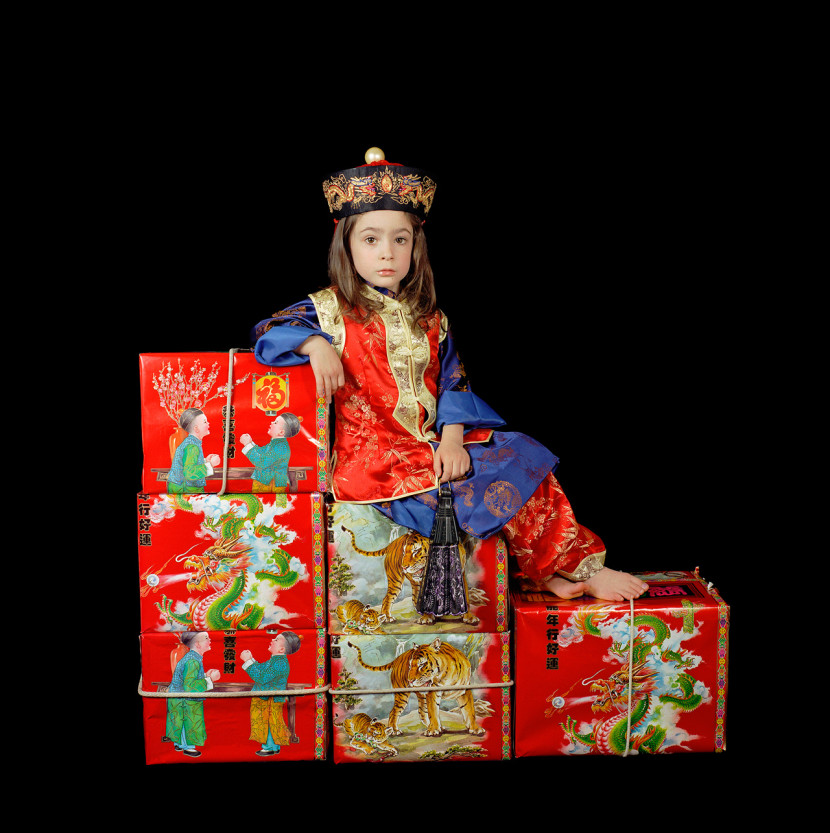Collection Conversations: Childhood
Museum of Fine Arts – Florida, St. Petersburg
April 1st, 2014 to March 30th, 2015
Collection Conversations brings together artworks from the Museum’s encyclopedic permanent collection, allowing for an exploration of themes across times and geographies. Viewers are invited to investigate aesthetic, conceptual, and cultural juxtapositions among artworks that might not otherwise be exhibited together.
This second in the series examines western representations of children and childhood objects from the Eighteenth Century until the present. The media presented here is diverse, from Winslow Homer’s popular illustrations of children and their activities from Harper’s Weekly to Polixeni Papapetrou’s contemporary restaging of Lewis Carroll’s Victorian photographs of costumed children. The selection of artworks demonstrates historical representations of the role of children as well as conceptual approaches that utilize childhood and its objects for other explorations, as in the work of Harold Edgerton, Ruth Bernhard and Suzanne Camp Crosby. Childhood constitutes the formative part of one’s life, but perspectives on the role of children within society and philosophies on child-rearing have been endlessly debated, from the old adage that children should be seen and not heard to current thoughts on helicopter parenting.
In 1960, cultural theorist Phillipe Ariès published Centuries of Childhood, which argued that the very notion of childhood is a modern invention, and that in previous centuries–particularly the medieval period–children were considered small adults, indistinct from their older peers. Certainly the role of the child within societies has varied greatly. Puritans believed that children are inherently wicked, while Rousseau’s concept of natural moral purity was popularized during the Enlightenment. The Victorian era focused on education for children as well as new reforms on child labor laws, and the early 20th century kindergarten movement celebrated and encouraged imagination and creativity in children’s development. Taken together, these perspectives on childhood remind us of the mysterious, joyful and messy parts of those complex formative years.

